Reading Time: 2 minutes
- While there could be a number of unidentified micro-factors why the Indian Army has never tried to take control of India’s governance, some macro-factors and steps have definitely contributed.
- Factor 1: Structural internal divisions – not all eggs in one basket
- Beginning in the 1960s, India has established a number of paramilitary forcesSince March 2011, these have been reclassified as Central Armed Police Forces. such as BSFBorder Security Force, CRPFCentral Reserve Police Force, CISFCentral Industrial Security Force, NSGNational Security Guard, etc., which come under Ministry of Home Affairs, and are not connected to the Indian Army, except when sharing duties in some circumstances.
- These Central Armed Police Forces, with a strength of around 1 million personnel, somewhere keep a check on the perceived supremacy of the army.
- Factor 2: Curtailed powers – symbolic or otherwise.
- India’s first Prime Minister Jawaharlal Nehru in the early 1950s initiated a number of policies to make the army subordinate to the civilian authority.
- Nehru took the symbolic step of converting Teen Murti House, traditionally the grand residence of the army chief, to the residence of the Indian prime minister; military budgets, including grand salaries of the senior army personnel, were also cut.
- Before independence, the army budget was managed by the army’s own Military Finance Department; after independence, this was brought under the Ministry of Defence.
- During the British era, India had a single commander-in-chief for all the three services – this position was abolished and the power was equally distributed among the chiefs of the army, air force, and the navy.
- And while a position of Chief of Defence Staff (CDS) was created in 2019, instead of making this post superior to the three service chiefs, the CDS has been kept equivalent to them (all of them hold a four-star rank).
- Factor 3: Diversity in military
- Since independence, it has almost never happened that all three service chiefs have been of the same religion or region.
- During British rule, 60% of troops of the undivided Indian Army were from Punjab; by 1948, this was brought down to 32% (18% Sikhs and 14% Punjabi Hindus – a lot of this happened because Punjabi Muslims moved to Pakistan, where then, 72% of the troops were from Punjab).
- However, a lot of senior officers were still from Punjab, so the Indian government made a de factode facto describes practices that exist in reality, even though they are not officially recognized by laws. rule that the position of Chief of Army Staff should keep rotating among personnel of different regions (between June 1948 and June 1975, it happened only once that the Chief of Army Staff was from Punjab).
Image courtesy of Andromeda through Shutterstock



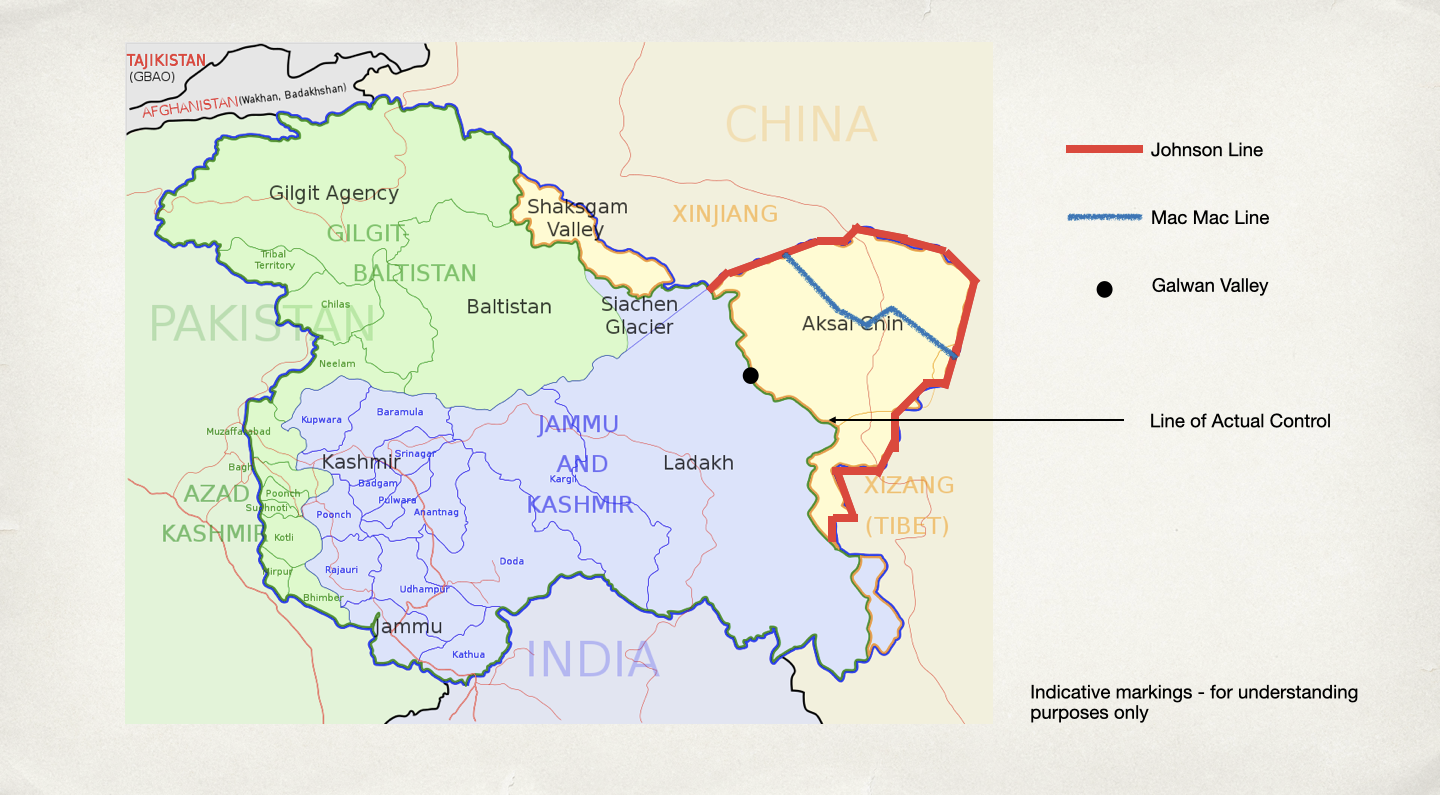
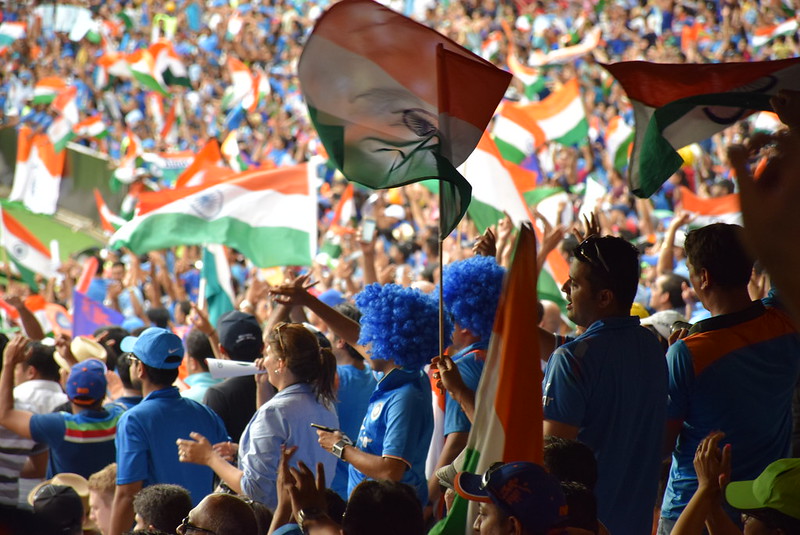

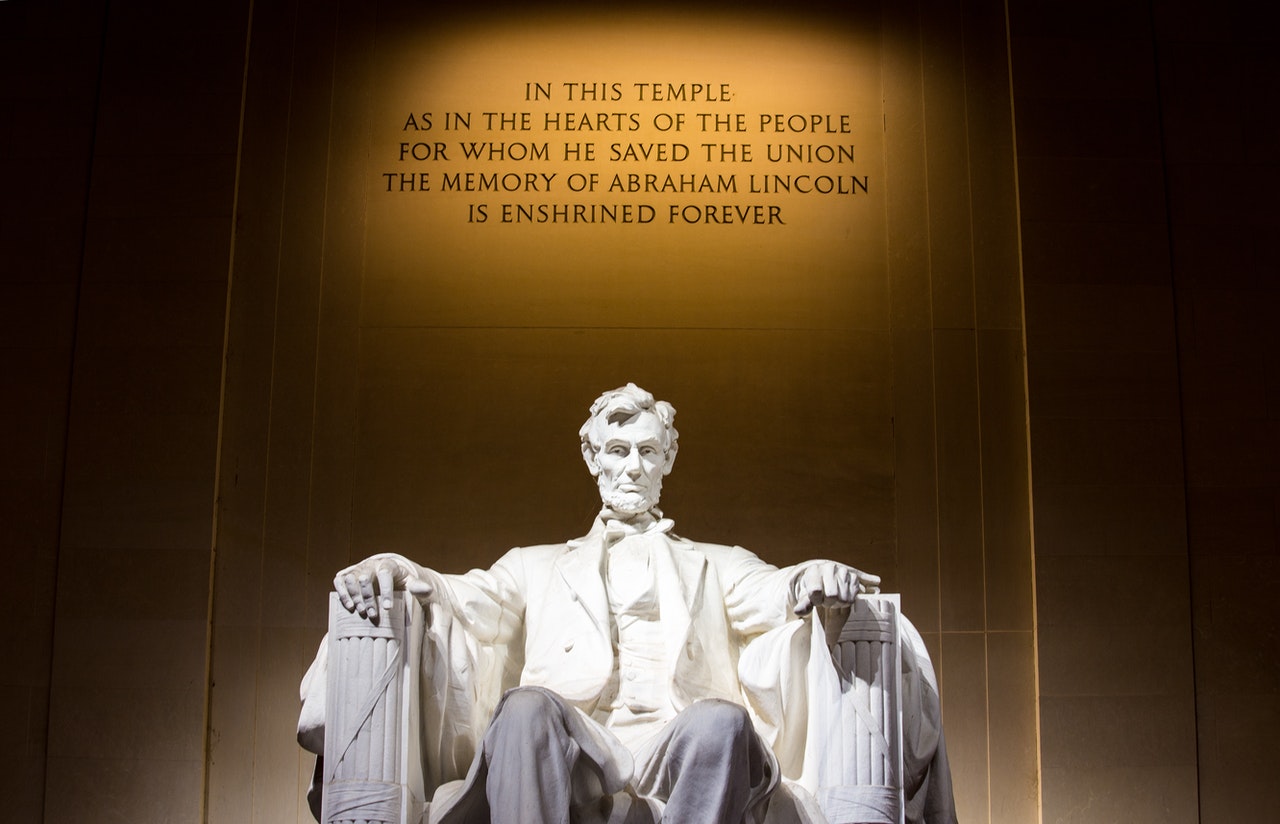
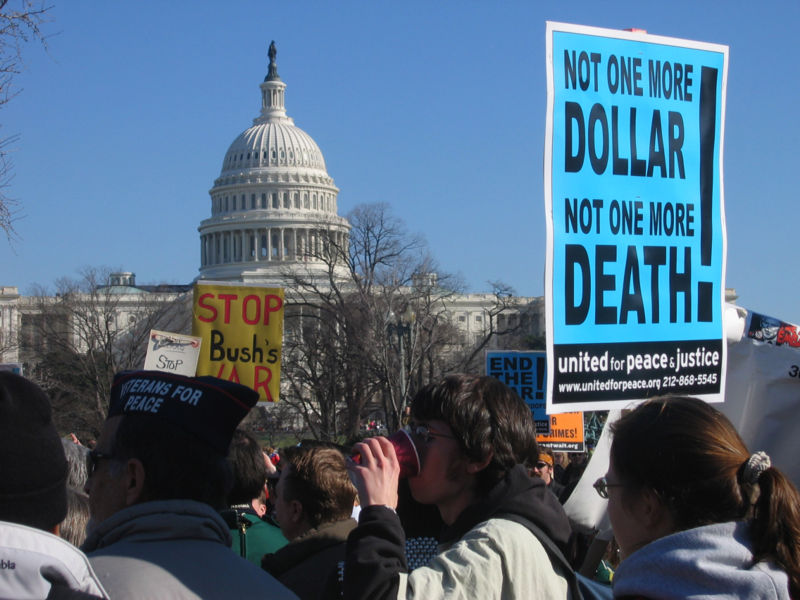
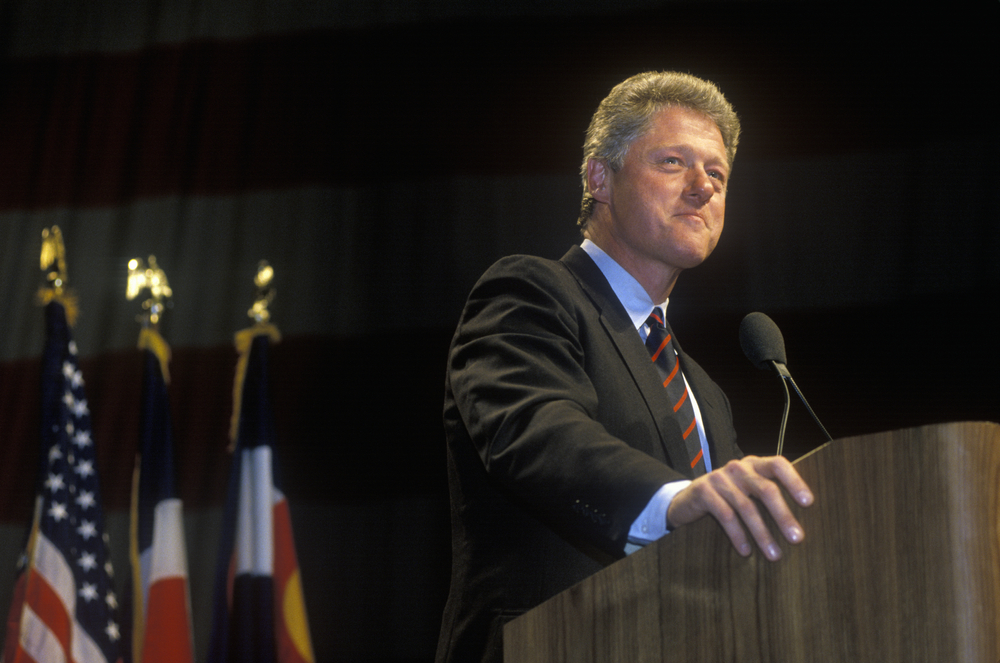
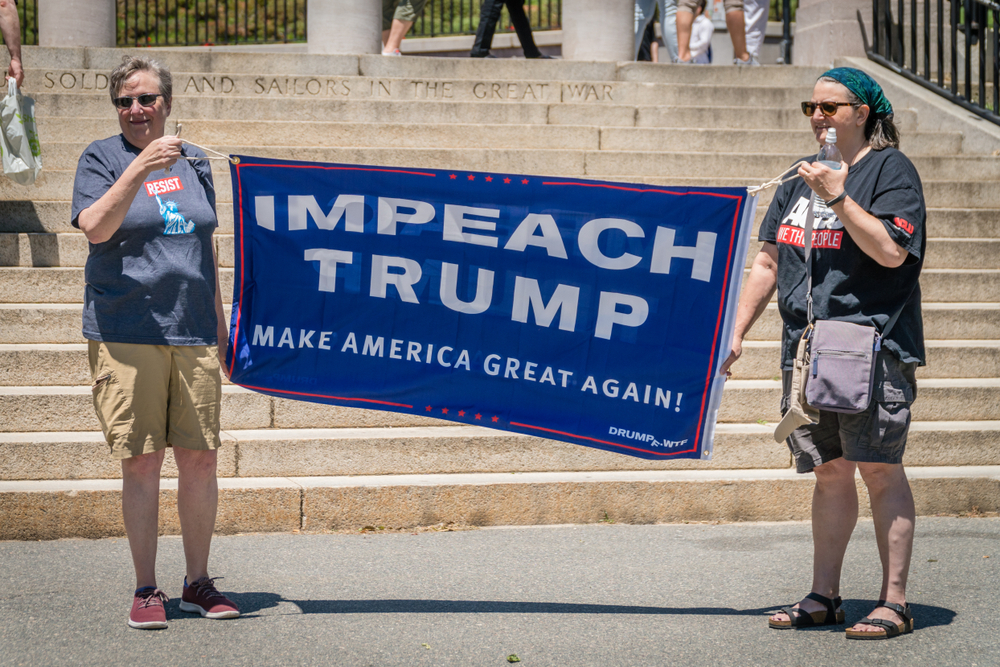

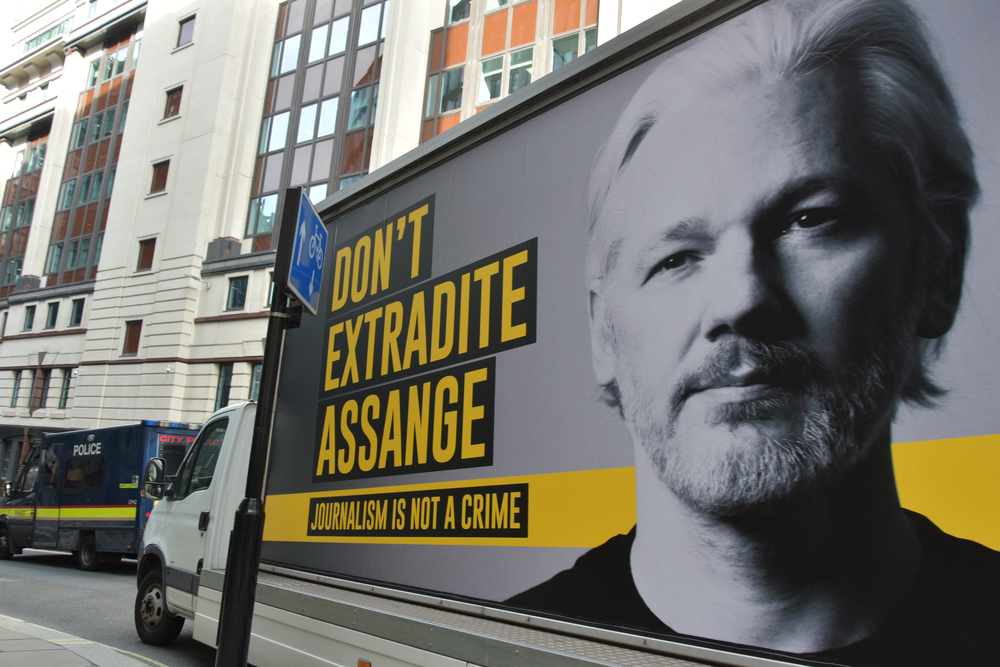

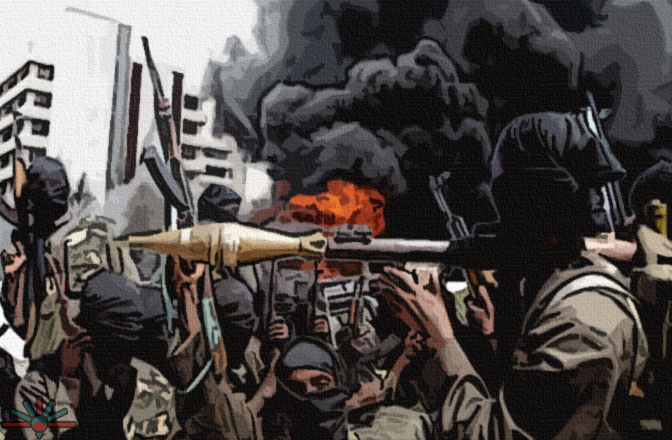
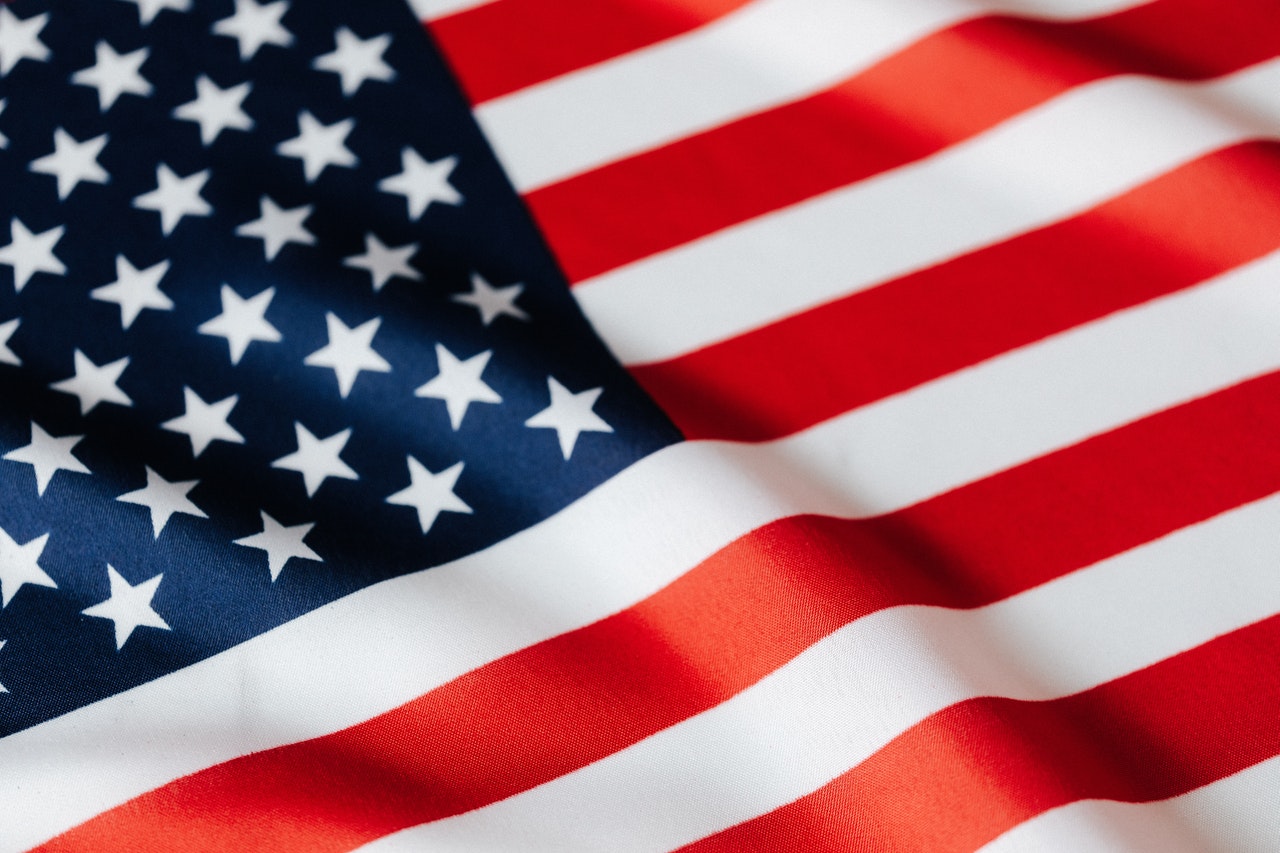
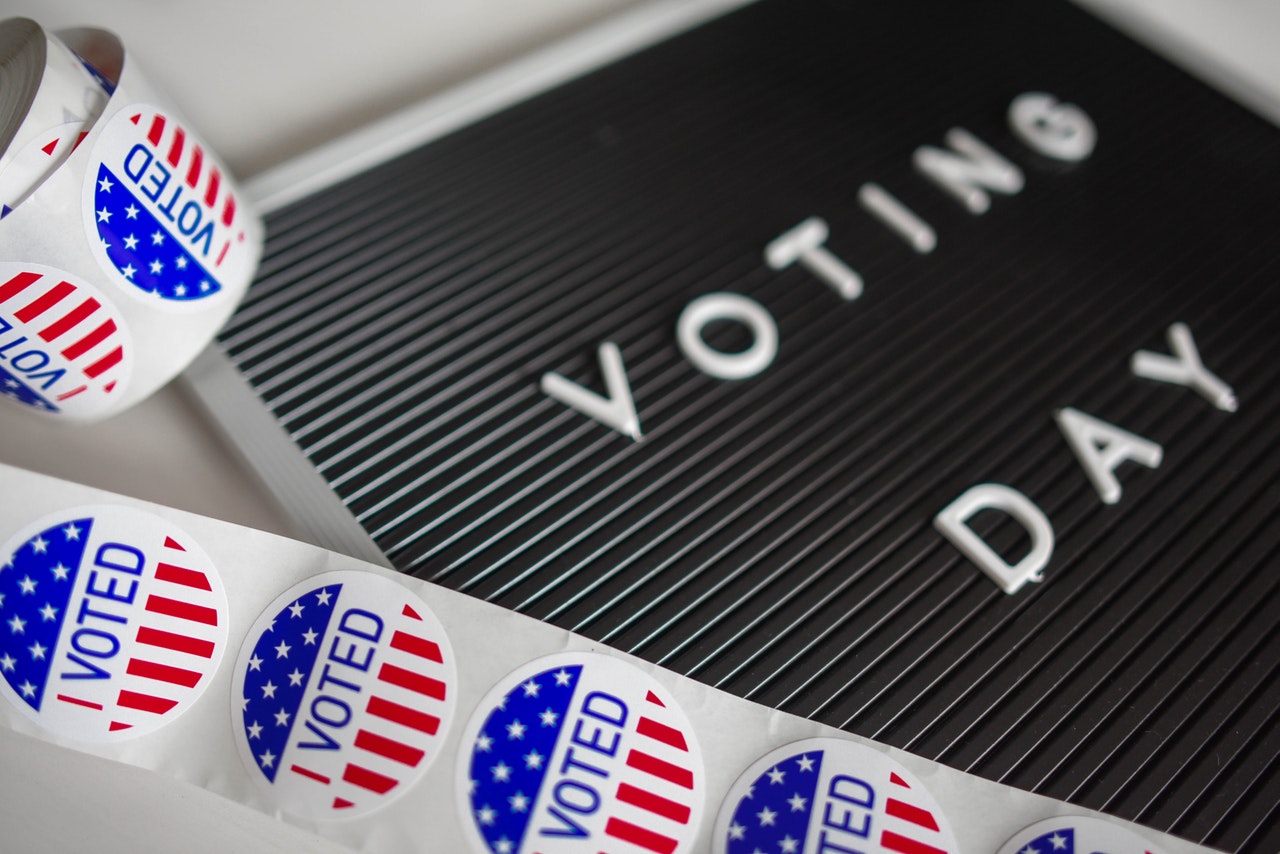
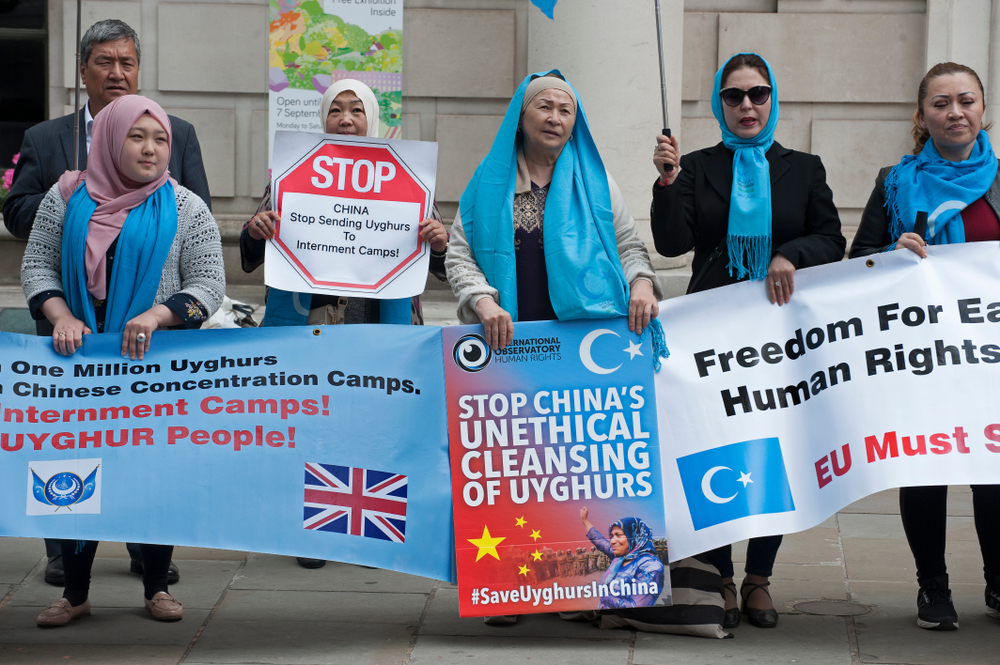
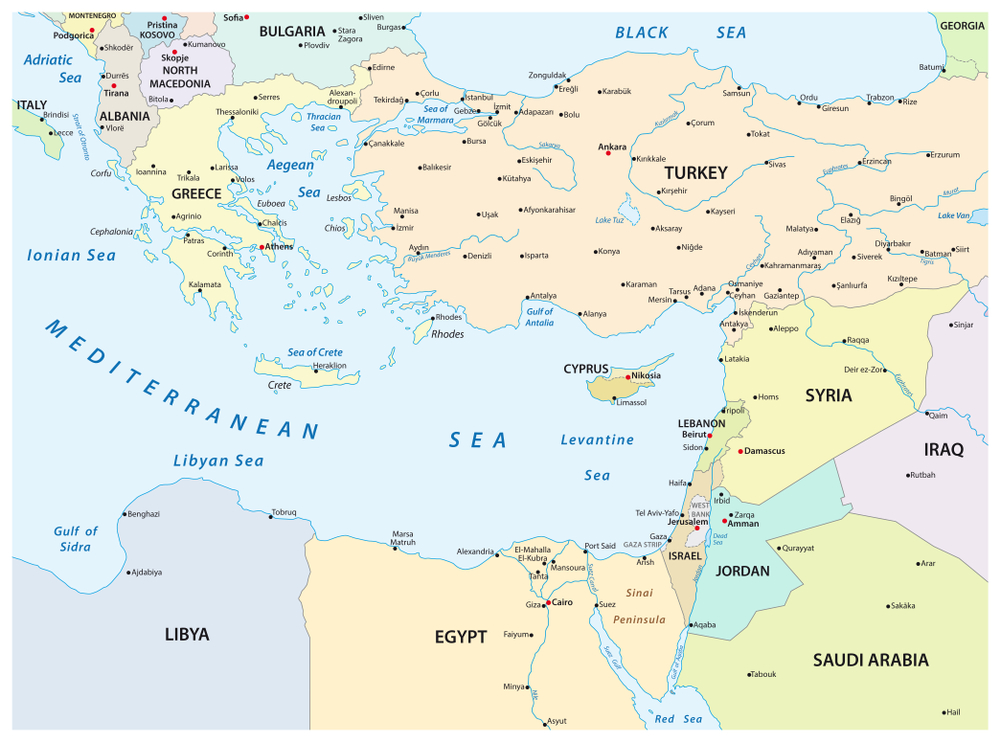

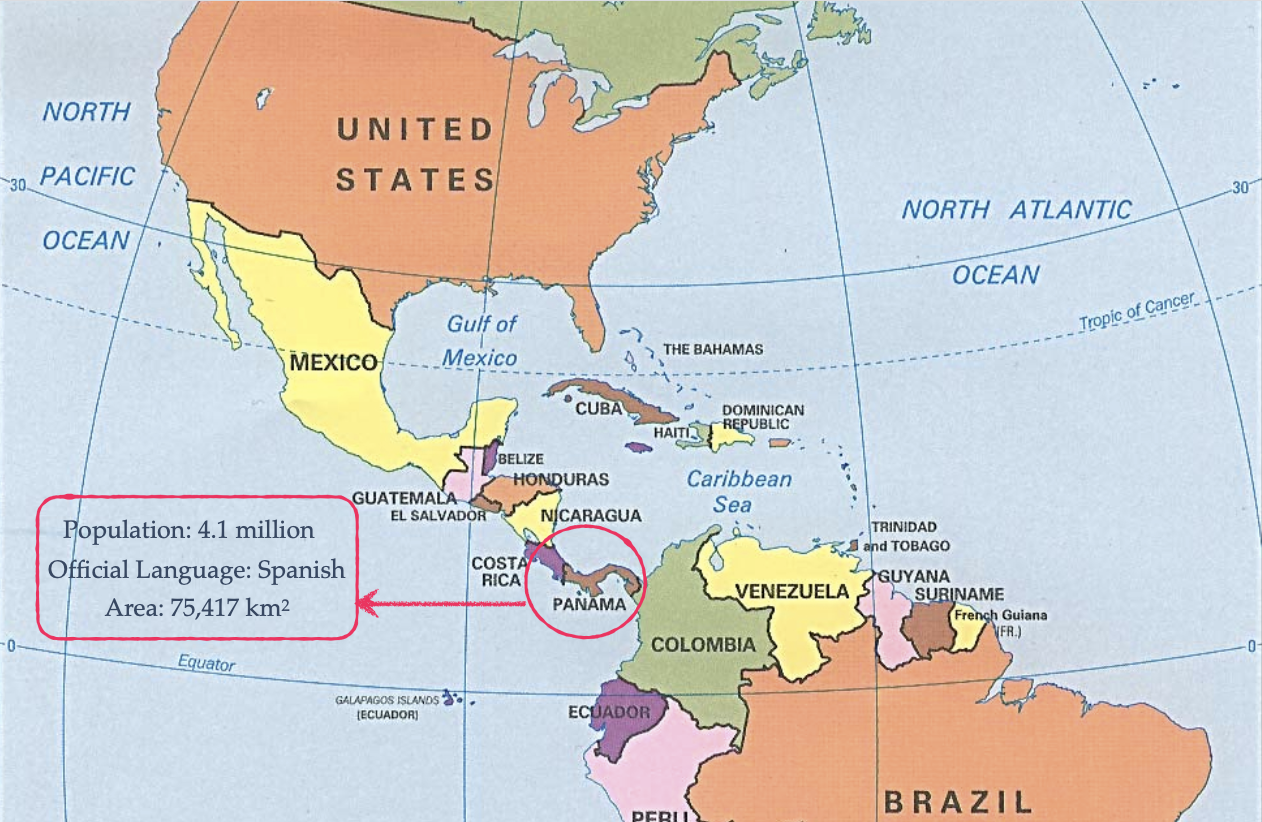
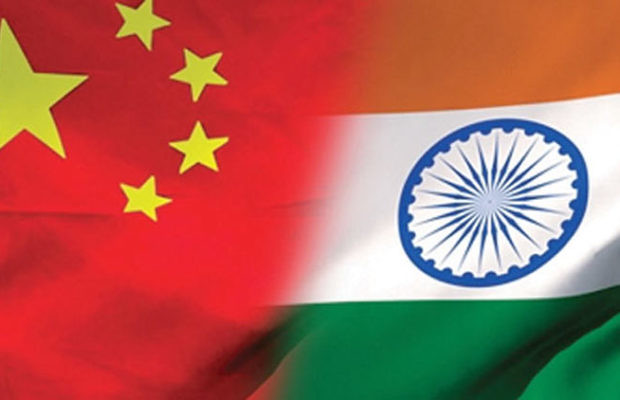
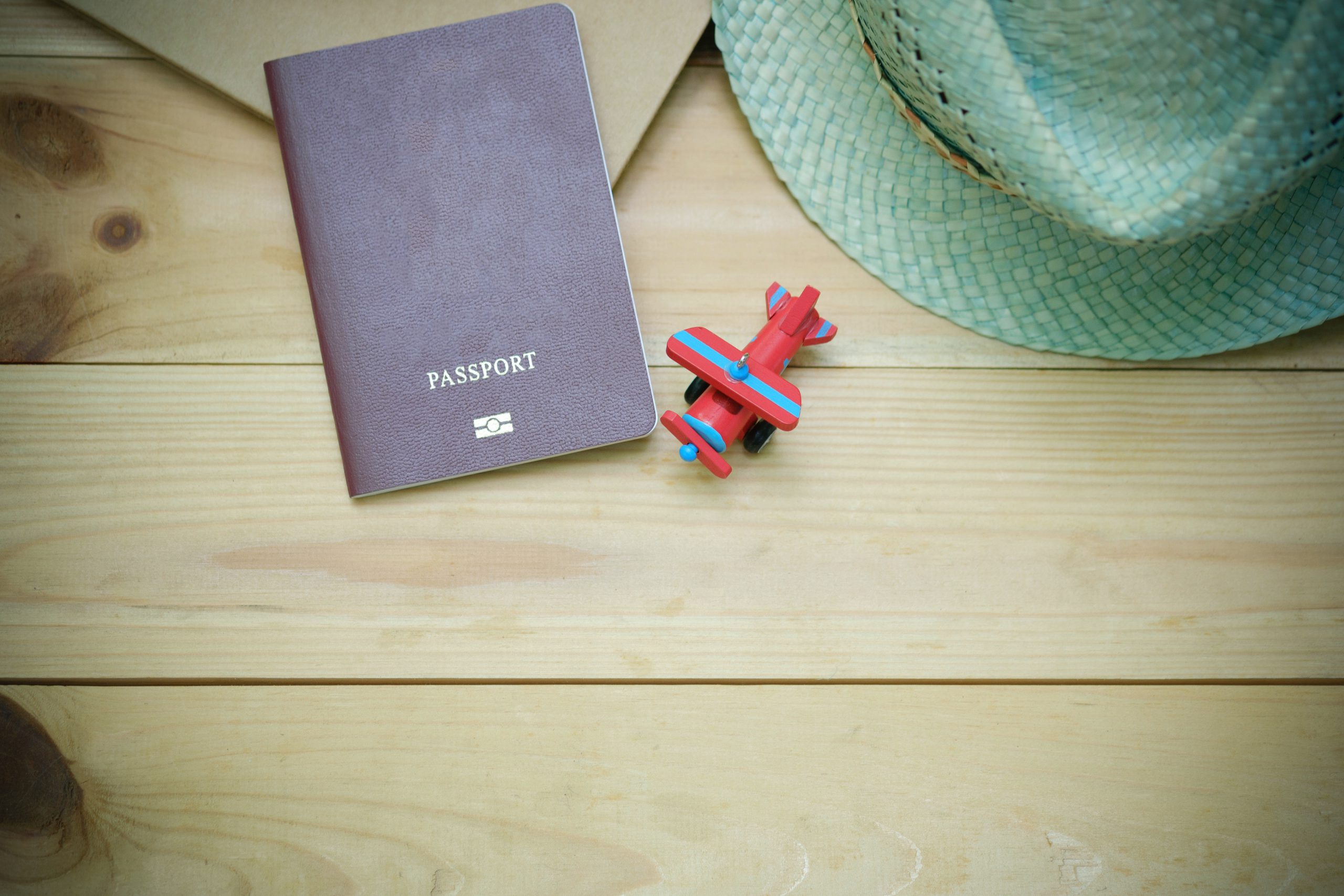

Insightful